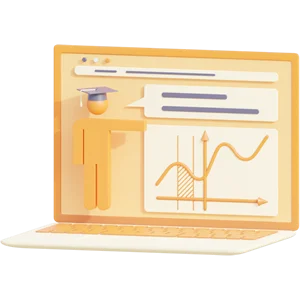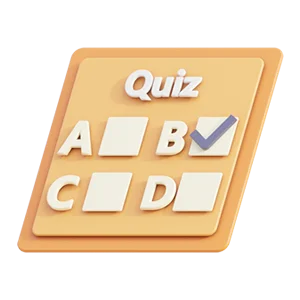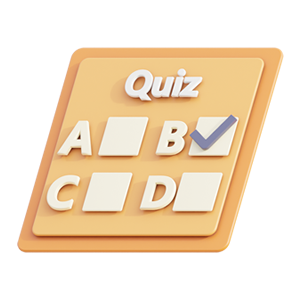Lecture Outline for Campbell/Reece Biology, 7th Edition, © Pearson Education, Inc.
Lecture Outline for Campbell/Reece Biology, 7th Edition, © Pearson Education, Inc.
Chapter 1 Exploring Life
Concept 1.1 Biologists explore life from the microscopic to the global scale
Concept 1.3 Biologists explore life across its great diversity of species
Concept 1.4 Evolution accounts for life’s unity and diversity
• Chapter 22 Descent with Modification: Darwinian View of Life
• Concept 22.1 The Darwinian revolution challenged traditional views of a young Earth inhabited by unchanging species
• Three important points need to be emphasized about evolution through natural selection.
• Concept 22.3 Darwin’s theory explains a wide range of observations
• Chapter 23 The Evolution of Populations
• Concept 23.1 Population genetics provides a foundation for studying evolution
• Concept 23.2 Mutation and sexual recombination produce the variation that makes evolution possible
transposons.
• Concept 23.3 Natural selection, genetic drift, and gene flow can alter a population’s genetic composition
• Concept 23.4 Natural selection is the primary mechanism of adaptive evolution
Chapter 34 Vertebrates
Concept 34.1 Chordates have a notochord and a dorsal, hollow nerve cord
Concept 34.2 Craniates are chordates that have a head
Concept 34.3 Vertebrates are craniates that have a backbone
Concept 34.4 Gnathostomes are vertebrates that have jaws
Concept 34.5 Tetrapods are gnathostomes that have limbs and feet
Concept 34.6 Amniotes are tetrapods that have a terrestrially adapted egg
Concept 34.7 Mammals are amniotes that have hair and produce milk
Concept 34.8 Humans are bipedal hominoids with a large brain
Chapter 40 Basic Principles of Animal Form and Function
Concept 40.1 Physical laws and the environment constrain animal size and shape
Concept 40.2 Animal form and function are correlated at all levels of organization
osteons.
Concept 40.3 Animals use the chemical energy in food to sustain form and function
Concept 40.4 Many animals regulate their internal environment within relatively narrow limits
Concept 40.5 Thermoregulation contributes to homeostasis and involves anatomy, physiology, and behavior
Chapter 41 Animal Nutrition
Concept 41.1 Homeostatic mechanisms manage an animal’s energy budget
Concept 41.2 An animal’s diet must supply carbon skeletons and essential nutrients
essential fatty acids.
Concept 41.3 The main stages of food processing are ingestion, digestion, absorption, and elimination
Concept 41.4 Each organ of the mammalian digestive system has specialized food-processing functions
gallbladder.
Concept 41.5 Evolutionary adaptations of vertebrate digestive systems are often associated with diet
Chapter 47 Animal Development
Concept 47.1 After fertilization, embryonic development proceeds through cleavage, gastrulation, and organogenesis
Concept 47.2 Morphogenesis in animals involves specific changes in cell shape, position, and adhesion
Concept 47.3 The developmental fate of cells depends on their history and on inductive signals
Chapter 48 Nervous Systems
Concept 48.1 Nervous systems consist of circuits of neurons and supporting cells
Concept 48.2 Ion pumps and ion channels maintain the resting potential of a neuron
Concept 48.3 Action potentials are the signals conducted by axons
Concept 48.4 Neurons communicate with other cells at synapses
Concept 48.5 The vertebrate nervous system is regionally specialized
midbrain.
cerebral hemispheres.
Concept 48.6 The cerebral cortex controls voluntary movement and cognitive functions
Concept 48.7 CNS injuries and diseases are the focus of much research
Chapter 49 Sensory and Motor Mechanisms
Concept 49.1 Sensory receptors transduce stimulus energy and transmit signals to the central nervous system
amplification.
Concept 49.2 The mechanoreceptors involved with hearing and equilibrium detect settling particles or moving fluid
Concept 49.3 The senses of taste and smell are closely related in most animals
Concept 49.4 Similar mechanisms underlie vision throughout the animal kingdom
accommodation.
Concept 49.5 Animal skeletons function in support, protection, and movement
Concept 49.6 Muscles move skeletal parts by contracting
Concept 49.7 Locomotion requires energy to overcome friction and gravity
Preview document (10 of 140 pages)
Knoowy benefits
$ 5,89
 Money back guarantee
Money back guarantee
 Documents can be downloaded immediately
Documents can be downloaded immediately
 $0.50 discount when paying with balance
$0.50 discount when paying with balance
-
 Receive free quiz questions with document
Receive free quiz questions with document

Specifications
- School: Universiteit Antwerpen
- Course: Biologie
- Subject: Biologie
- All documents for this course ›
- ISBN: 0131938045
- ISBN 0131938045
Document
- Section: Book Reports
- Updated on: 04-01-2019
- Made on: 04-01-2019
- Type: .pdf
- Pages: 140
- Language: English
Tags
Seller
Earn from your summaries?
Subjects of Biologie - Universiteit Antwerpen
More Biologie ›biochemie biologie dierkunde erfelijkheidsleer fysica vorm en functie: planten
 Deal: get 10% off when you purchase 3 or more items!
Deal: get 10% off when you purchase 3 or more items!
Deal: get 10% off when you purchase 3 or more items!









